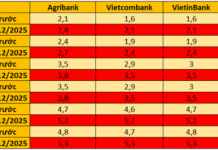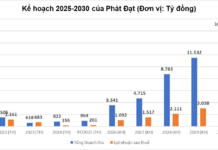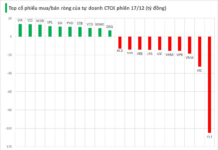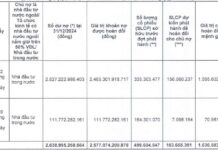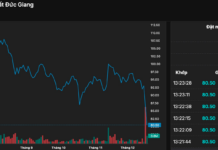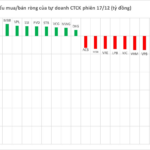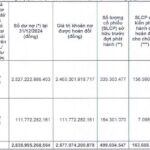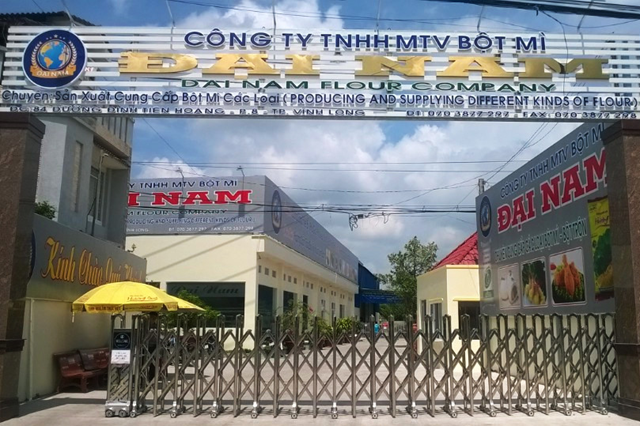Editor’s Note: The following is a contributed article by Surajit Rakshit, Director of Global Trade Solutions, HSBC Vietnam, on the topic of global trade. We are publishing it in its entirety for our readers’ benefit.
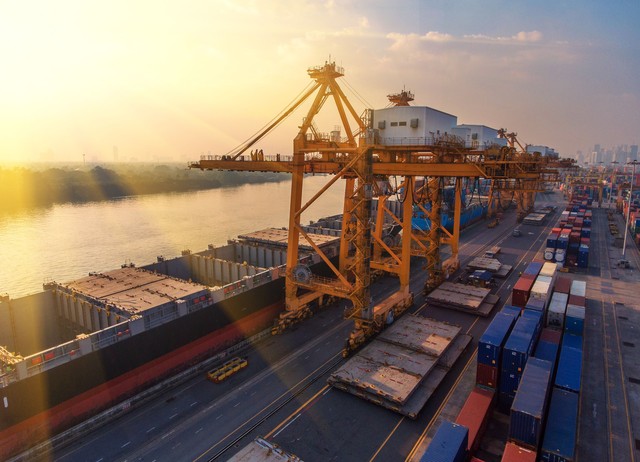
Illustrative image
Global Trade Outlook
2023 was a year of challenges for the global economy. The world entered 2024 facing headwinds such as slowing growth, rising inflation, geopolitical tensions, and trade disruptions (including issues in the Red Sea and the Panama Canal). These difficulties led to protectionist measures in some markets, hindering global free trade.
However, 2024 is not all gloom and doom. Despite initial challenges, global trade has recently shown signs of improvement. While the United Nations Conference on Trade and Development (UNCTAD) expects global trade to reach nearly $32 trillion this year if positive trends continue, the latest World Economic Outlook report from the IMF forecasts global trade growth of 3% in 2024, rising to 3.3% next year.
The recovery in world trade has also led to a rebound in demand in many markets, including Vietnam. As the resilient and robust ASEAN region has the ability to withstand geopolitical headwinds due to its attractive level of intra-regional free trade, Vietnam, a significant exporter to the US, China, and the EU markets, has seen increasing demand and export orders. This recovery is not limited to electronics, but it is also spreading to other sectors. Textile and footwear exports returned to double-digit growth in the second quarter. Exports in the first seven months rose 15.7%, with a trade surplus of $14.08 billion. The Purchasing Managers’ Index (PMI), which assesses the health of the economy, rose to 54.7 in June and July, the highest in two years.
Challenges for Exporters
Although global trade shows positive signs of growth this year, there are still underlying concerns. After the turmoil of the pandemic and geopolitical tensions, exporters faced a challenging 2023, making them more cautious and hesitant. As these uncertainties spill over into 2024, businesses are forced to adopt a wait-and-see approach before making any bold decisions.
With improving exports and more orders, businesses are also ramping up production. However, the Fed’s tight monetary policy with high-interest rates and rising exchange rates create challenges for domestic manufacturers who import raw materials, machinery, and equipment at higher costs, leading to increased operating expenses. At the same time, they struggle to adjust selling prices due to fierce market competition. On the other hand, while exporters may benefit from a strong exchange rate, their production operations still face higher import costs as Vietnamese businesses rely on raw material imports. This situation could change as the Fed plans to cut rates soon, alleviating some concerns. This is also something to keep a close eye on in the coming months.

Author of the article, Mr. Surajit Rakshit, Director of Global Trade Solutions, HSBC Vietnam
Opportunities to Optimize Working Capital
In the face of these challenges, we observe that many businesses, when formulating their annual strategies, consider foreign exchange risks based on their specific business characteristics. This preparation can help them mitigate two-way exchange rate fluctuations, thereby minimizing potential negative impacts on their operations. To hedge against foreign exchange risks when making payments or receiving receivables in foreign currencies, businesses should consider legal risk management tools such as forward contracts and currency swaps to proactively manage cash flow and expenses.
Businesses can also seek advice from banks to choose the most suitable solutions for their specific needs, business situations, and financial conditions. Currently, there are some popular and effective solutions that businesses can leverage. For example, HSBC’s Supply Chain Finance solution and Receivables Finance solution. The first solution allows businesses to request HSBC to make early payments for approved invoices from their key suppliers. This solution helps businesses optimize payment terms agreed upon with suppliers, increase liquidity, enhance the efficiency of the payment process, and reduce supply chain costs. On the other hand, with the Receivables Finance solution, HSBC can advance up to 90% of the invoice value to eligible businesses. This solution provides our customers with increased liquidity and better control over bad debt, along with flexible choices for restricted debt collection structures and improved balance sheets. HSBC currently offers this duo of solutions in over 50 markets globally, helping businesses optimize their working capital requirements.
Uncertainties remain, but there are always opportunities to seek alternative solutions. The global trade outlook is promising for businesses willing to adapt and take the lead in seeking innovative solutions, enabling them to drive efficiency and realize their full business potential.
New currency exchange service: Rare small denominations
The demand for exchanging small denominations of money increases during the Lunar New Year, but the availability of small bills is limited. The familiar “money exchange kiosks” are also gradually disappearing from this service.








